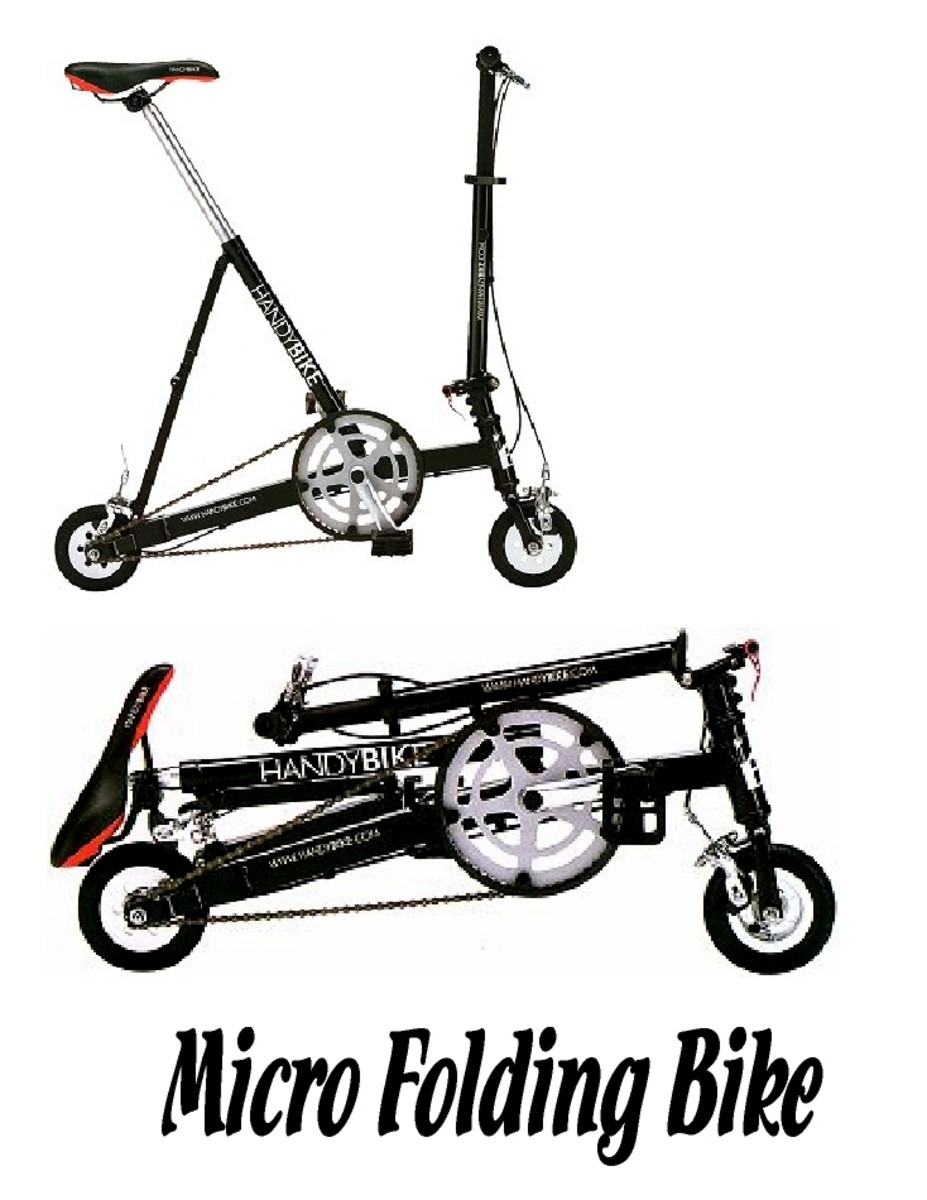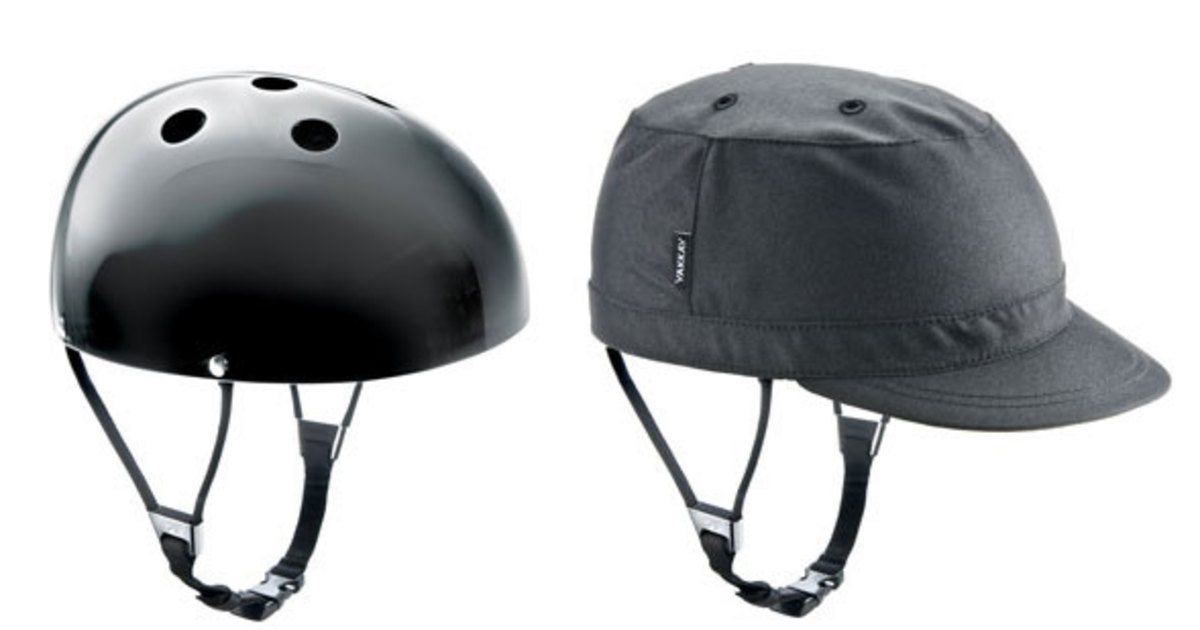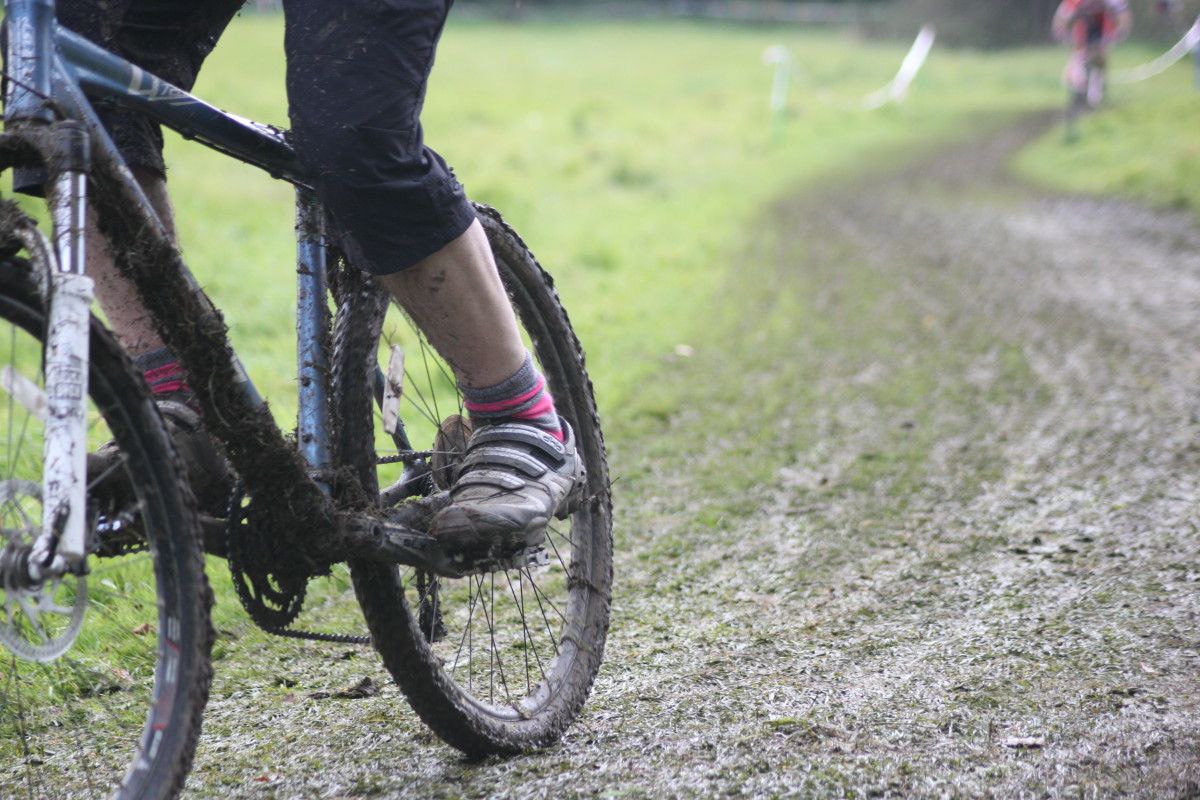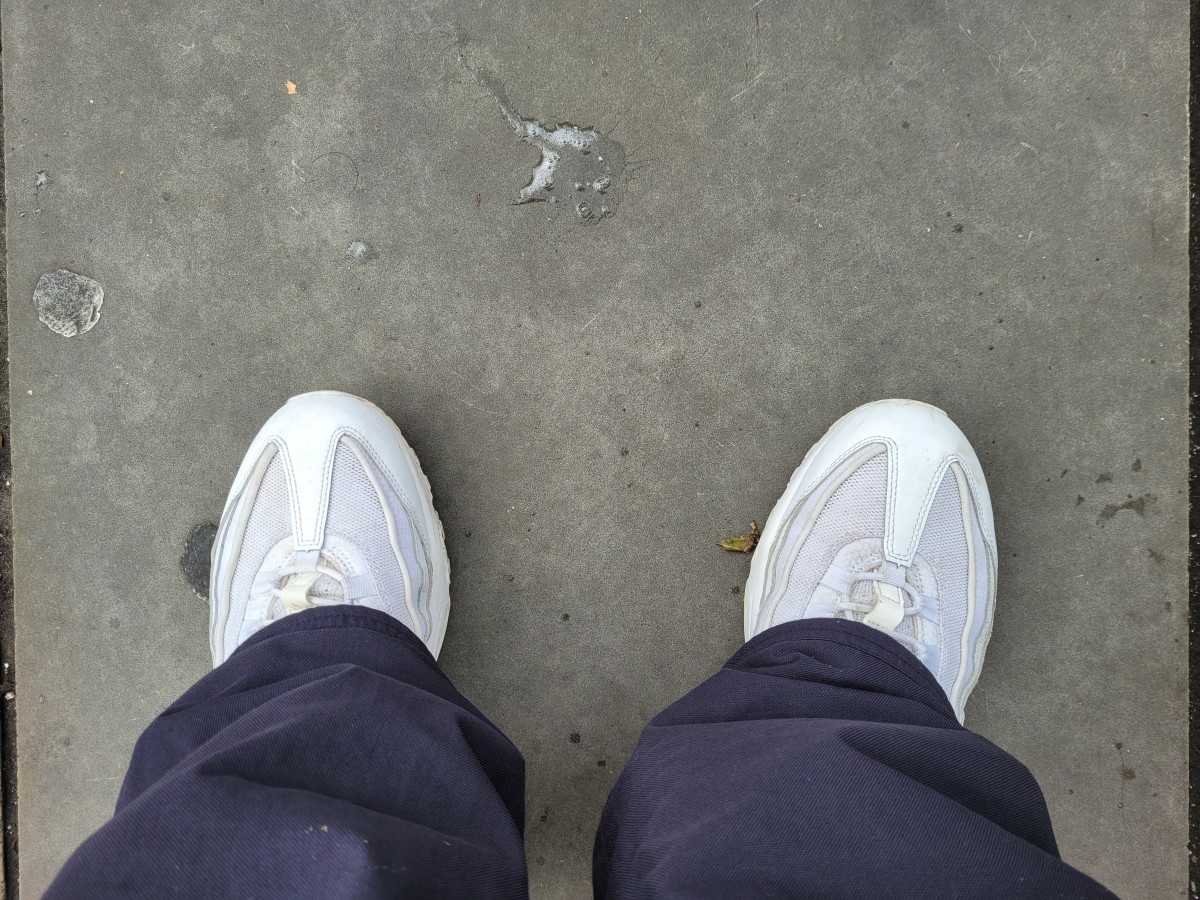A Century of Cycling Design
Images of 100 year Bicycle Design
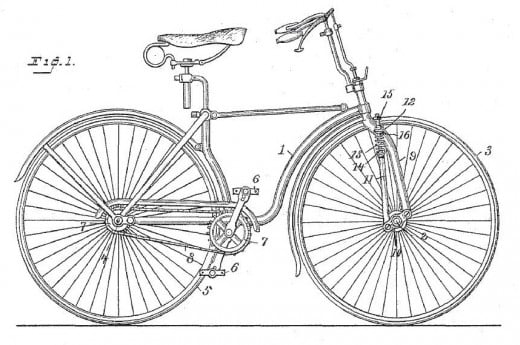
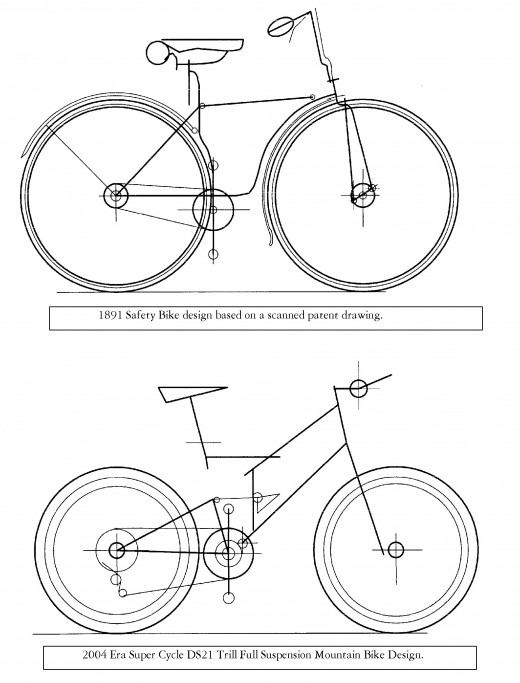
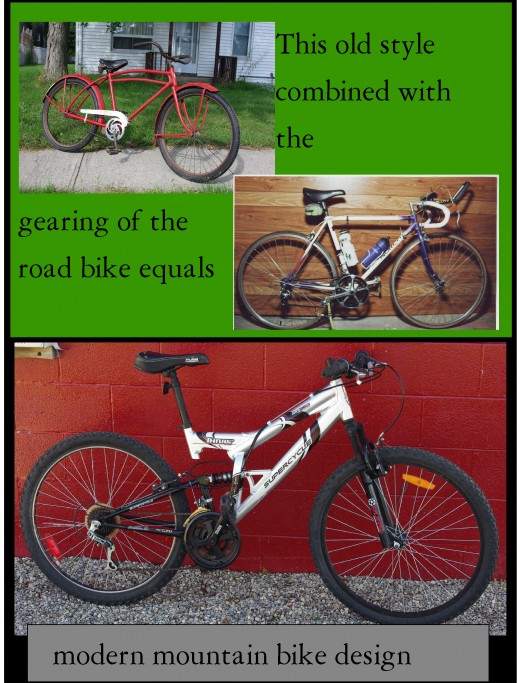
Century of Bicycle Design
A Century of Living with the Bicycle
By Steve Robson
Although the design of the bicycle has a long 200 year history behind it, the mass produced bike has only been around since the late 1800's that is has been sold as a product to the public. The early models where very expensive and only the rich could afford them. By 1900, the cycling industry was in trouble due to over production of the machines being produced. Just how has the bicycle changed the face of how we see things? I will be looking into this to see why I feel the bike is going to be around for a while.
About 1880, the first of the factory built bicycles where built. Up to this point, the machines where built in a much smaller scale. The first design to see mass production was the High Wheel bicycle. The bike suited the time frame that it was built in. The roads where in very poor condition back then. The large front drive wheel helped the rider get over these surfaces. The design was very dangerous to ride. Due to the location of rider, headers where common. This was when small objects like rocks locked up under the drive wheel throwing them to the ground. The height and location of the rider was deadly when they did fall down.
The cost of the bike was very expensive as well. Costing the range of 200.00 dollars in an age when this was a small fortune, only the rich could afford these bicycles. The adult trikes cost in the 300.00 dollar range. This was the cost of a small house. Between the costs and safety problems, people started look at alternatives. The result was the safety bicycle or dwarf bike. The bike made use of chain drive. This helped scale down the size of the bicycle into a safer overall design. The newer design still had to deal with the rough road conditions that existed then. Given the conditions that confronted these early cyclists, one can consider them first mountain bikes in some ways. The first safety designs came about in about 1885. They competed with the high wheel bicycle up until the fall of that design in about 1890. The gear inch chart came about as result of comparing the two different designs. It was a sales tool as much as anything.
The safety bicycle design was the design that really changed the way the general public saw how they could get around. The use of metal was new back then and many designs suffered as a result of this. A design called the Cross Frame used frame designed around shape that was basically x shaped. They found out that in a short amount of time, the seat post section bent due to stress on key areas. Smaller rods where placed to strengthen up the frame. It was found that these rods created the strength in the frame. It lead to the diamond frame bike we use today. Many different variations of the safety bike evolved from 1885 to 1900. Up until the design of the air filed tires all bike used solid rubber tires. Many of the parts we take for granted today where developed in this early time frame.
The development of the bike is the same as the computer and the internet today. It opened up the world to people. Most people did not need not travel too far before the bicycle came along. The terms networking among others could be have been used back then. The rapid design process taking place today in the computer was the same as in the bicycle industry back then. The bike changed the how people worked and played in the world.
The first bike design I will be looking at is a drawing I found on the internet. It is a patent drawing from 1891. It shows an early safety bicycle design. It shows some interesting design features. The tire size was reduced from the high wheelers but the tires where still larger then found on today’s bikes. The tire size for this design is a large 29" in diameter. This is off-set by a lower gear ratio. Compared today’s bicycles, this bike would be very slow going when travelling. To help counter the rough roads the design uses a front suspension fork. This was a very early sign of things to come in the late 20th century/ early 21st century production bikes being sold. The seat design uses a large spring to comfort the rider. The modern version of this a spring loaded seat posts tube. The 1891 bike design uses a fixed gear gearing. It was not until 1897 that the freewheel was developed for bicycle use.
Seeing that this drawing of the old safety bicycle is based on a patent drawing, it may or may not have ever been built. Many ideas for bike designs from this time frame never got any farther than this drawing stage. The tight design set-up asks many questions just how well this design would really work out. There is very little if any clearance from the front wheel to the riders toes. When the bikes steering is turned, this clearance problem affects the riding quality of the bike. The rear tire is mounted very close to the bottom bracket affecting how the tire can be removed from the frame. I cannot see any form of feet pegs on the fork. These where used to rest the riders feet on areas like going downhill. Although brakes are needed, I can see a lever put into place but there is no brake shoe on the wheel itself. These patent drawings where part of the design process. The basic overall design set-up shown here is still used on today’s bicycles.
Let's jump to the year 2011 time frame. A lot of detail changes have taken place over this time frame. Much of the design basics now have a strong grounding in regards to bike design. The mountain bike is a combination of road bike and the older balloon tire cruisers. It reinvented the way the public saw the bicycle and created new growth in this industry. By the turn of the 20th century, the mountain bike has become the bike of that most people use. The off-road motorcycle design has an impact on the mountain bike design. Full suspension bikes are one of the designs that can be purchased now at all price points. This is the bike design I well be looking at as a sampling a bike being used today.
The bike being studied is Canadian Tire Super Cycle 70th year model. It is the DS21 Thrill model. The bike itself was not new when found. It was well used and placed in by a dumpster ready to the thrown out. The only major problem was a rear derailleur was damaged. A second bike was also sitting in the pile with suitable replacement part. I took it off to repair the Super Cycle. It came back working fine with some TLC.
The bike represents some of the newer manufacturing methods to create the various parts on the bike. One of the methods used is Hydro forming. A high pressure fliud system is used to help form the various tubes of the frame. This method helps create parts that could not otherwise be made by older standard methods. The frame is made out of aluminum. Although this material is lighter then steel, oversized tubes are needed keep the strength up in the frame structure. The real benefit is a frame that does not rust out. The frame structure itself is built into several sections. The main body of the frame is made of aluminum. The frame supports the other sections of the bike. The geometry of the frame has the steering tube higher off the ground when compared the non-suspended design types. This allows the front suspension fork fit properly. This raises the height of the handle bar height as well. The rear drive train section is made steel.
The bike has some built in design weaknesses. The pivot point on the frames rear suspension points are subject wear. Over time, the movement of the parts wears out causing problems to the strength and flexing in the frames structure. The shock itself is also subject wear due to use. Since the frame has some built-in flex, something called bio-pacing takes place. The flexing in the suspension frame area takes some of the energy away from that should be going into the drive wheel. The fork is another item that will wear out due to use. They tend to freeze up and have limited movement after a while. I am lucky that my bike is still holding OK up given how I found it.
The bike uses smaller tires when compared older 19th century bicycle. They are only 25" in diameter. The gearing on the bike is far more flexible then on the original safety design. It allows it to be used in many different riding conditions. The suspension comes into its own in off-road riding conditions. When used on paved roads, the bio-pacing comes into play. It is hard to put into words but the feeling on the bike is something like someone pulling back on the bike slightly. There is a slight loss on energy you can feel when compared to riding on hard tailed one piece road bike frame.
The overall weight of the not light. It weights at in the 40 pound range. Combined with heavier off road tires, it takes a lot of effort keep the bike moving. The older safety bicycle designs where far heavier machines. Safety bicycles like the one shown in this article weighed in the 75 pound range. This makes the mountain bike look like a racer in comparsion.
Although the two bikes look different, the share a lot of in common design features. The use of a front suspension helps smooth out the ride. In the case of the 1891 bike, the bulk of the roads showed the need for this feature. In the modern mountain bike, it shines when off road riding is done. Modern roads are for the most part far superior to the roads seen in the late 19th century. On modern rough roads the suspension will help out comfort the rider. The spring seat is in many ways a better way than on-frame design when used general road use. The swing arm design that is used mountain bikes will take away some of the energy that the rider can put on to the drive wheel. The modern version of the spring seat mount is the suspended seat post tube. It is light weight and comforts the ride while retaining the energy of the riders to the drive train. The use of aluminum is not new to bicycle although in the late 19th century, welding it was not possible. The design refinement in the study of ergonomics over time has lead to more comfortable machines today.
The bicycle industry almost died due what I did to save my mountain bike from a scrap pile. The use of standardized interchangeable parts that allowed me repair the bike was also being using in the late part of the 1890's. Older machines where being fixed up taking parts off other damaged bicycles by mechanics and resold under cutting the prices of the new bikes being sold at dealerships. Given the simple design of the bicycle, it is amazing that is has been around as long as it has. Creative marketing and readjustment for the proper bike market keep it going and saved it.
The sad part of today’s bike market is this. If you took apart a bike bought at a store and priced out the separate pieces the cost would far outweigh the cost of the assembled final bike itself. The costs of repairing a bike will make most people just buy a replacement to save some money. I like to fix older bikes and keeping them going. It makes you more aware of how to take care of any bike that you may happen to have in your fleet. Like any other product sold today, the relative cost of what you get goes down. Compared to what the pioneers of cycling had to pay ride, we should be grateful for what we have today.


